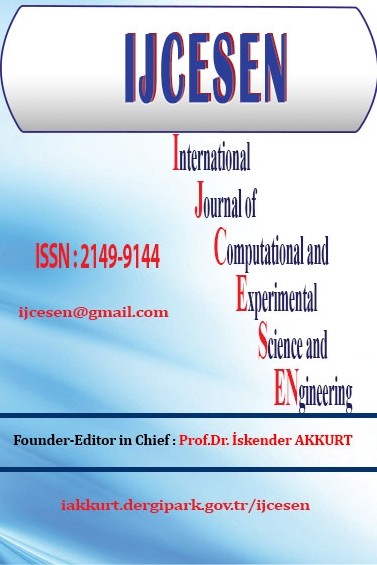Effects of Chelation Therapy on QT Dispersion in Lead Exposed Industry Workers in Turkey
Effects of Chelation Therapy on QT Dispersion in Lead Exposed Industry Workers in Turkey
Lead poisoning, Chelation therapy, QT dispersion,
___
- Referans1 Pala, K., Turkkan, A., Gucer, S., Osman, E., & Aytekin, H. (2009). Occupational lead exposure: blood lead levels of apprentices in Bursa, Turkey. Industrial health, 47(1), 97-102. https://doi.org/10.2486/indhealth.47.97
- Referans2 Poręba, R., Gać, P., Poręba, M., & Andrzejak, R. (2011). Environmental and occupational exposure to lead as a potential risk factor for cardiovascular disease. Environmental toxicology and pharmacology, 31(2), 267-277. https://doi.org/10.1016/j.etap.2010.12.002
- Referans3 Bühler, F. R., Bertel, O., & Kiowski, D. W. (1978). Plasma noradrenaline and adrenaline and β-adrenoreceptor responsiveness in renin subgroups of essential hypertension. Clinical Science and Molecular Medicine, 55(s4), 57s-60s. https://doi.org/10.1042/cs055057s
- Yayın Aralığı: 4
- Başlangıç: 2015
- Yayıncı: Prof.Dr. İskender Akkurt
Effects of Chelation Therapy on QT Dispersion in Lead Exposed Industry Workers in Turkey
Gökhan KESKİN, Erdinç PELİT, Abdülkadir ÇAKMAK, Arslan SAY, Yılmaz ÖZBAY
Yasin BOZKURT, Menekşe KILIÇARSLAN
Sol-gel Preparation of Silan based Titania Hybrid Composite Thin Film
Atilla EVCİN, Harun GÜNEY, Nalan BEZİR
Sol-gel Preparation of Silan based Zirconia Hybrid Thin Film
Atilla EVCİN, Harun GÜNEY, Nalan BEZİR
Electrocardiographic Changes in Occupational Exposure to Arsenic
Gökhan KESKİN, Erdinç PELİT, Abdülkadir ÇAKMAK, Arslan SAY, Yılmaz ÖZBAY
